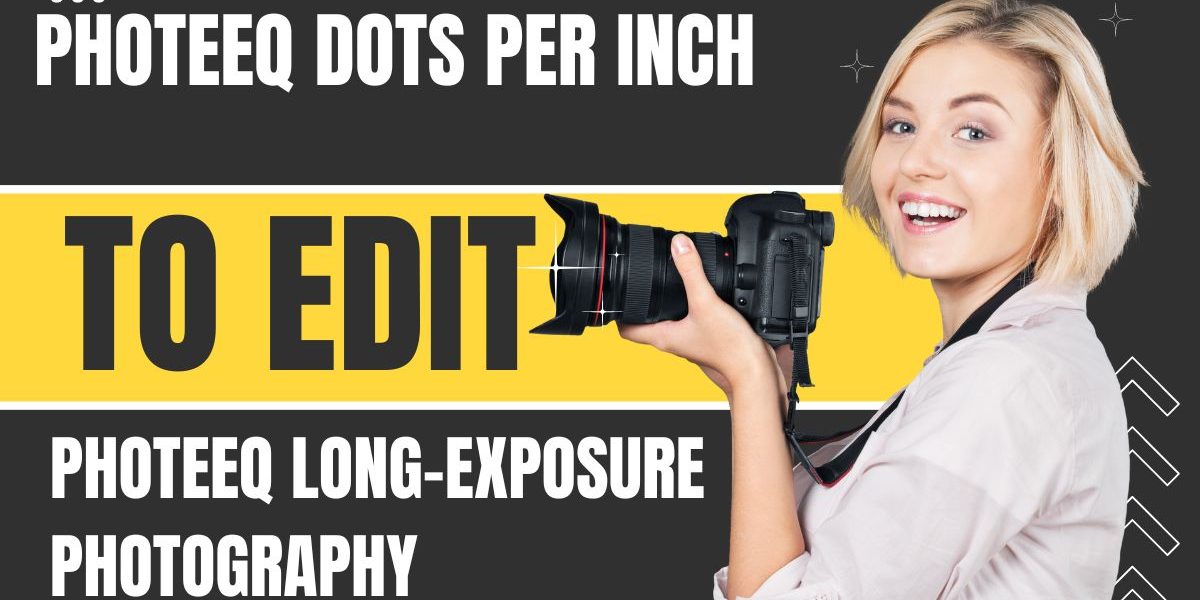The world of photography is built on a simple promise: to capture a moment. But what happens when the moment you want to capture isn’t a scene before you, but a feeling inside you? For decades, photographers have wrestled with the gap between what the lens sees and what the heart feels. We’ve become adept at documenting reality, but often fall short of interpreting it. This is where a new paradigm emerges, a concept I call Photoacompq.
Photoacompq isn’t a piece of software or a specific camera setting. It’s a methodology, a shift in consciousness for the visual creator. It’s the deliberate and thoughtful process of using photographic tools not to simply record, but to compose a question. The resulting image is not an answer, but an inquiry—a visual proposition that invites the viewer to ponder, feel, and question alongside the artist.
Deconstructing the Term: What is Photoacompq?
To understand Photoacompq, it’s helpful to break down the neologism itself. “Photo” is, of course, light. “Comp,” from composition, is the arrangement of elements. The “q” is the crucial part: the question. Therefore, Photoacompq is the composition of light into a question. It’s the antithesis of the literal, declarative snapshot. A sunset picture says, “This is a sunset.” A Photoacompq image of a sunset might ask, “What is the weight of this fading light?” or “Where does this color go when it disappears?”
This approach moves photography away from pure representation and towards the realms of poetry and philosophy. The goal is not technical perfection, but emotional or intellectual resonance. The sharpness of a pixel is less important than the sharpness of the idea it conveys. When you embrace Photoacompq, your camera becomes a device for inquiry, not just a recording instrument.
The Three Pillars of a Photoacompq Workflow
Integrating Photoacompq into your practice requires a foundational shift. It’s built on three core pillars that guide the creative process from conception to final image.
1. The Pre-Visualization of the Query
Before you even raise the viewfinder to your eye, the work of Photoacompq begins. This is the stage of intentional questioning. What is the nebulous feeling you wish to explore? Is it the loneliness of urban spaces? The fragile beauty of decay? The tension between nature and the man-made? Your initial concept shouldn’t be a subject, but a theme. Instead of deciding “I will photograph an old building,” the Photoacompq practitioner decides, “I will explore the question of what memories are held by abandoned structures.” This fundamental shift sets the stage for a more profound and focused shoot.
2. In-Camera Interrogation
With your core question in mind, the act of shooting becomes an active interrogation of your subject. Every technical and compositional choice is now in service of your query. A wide-angle lens might exaggerate space to ask a question about scale and our place within it. A shallow depth of field can isolate a subject to question its relationship with a blurred environment. Slow shutter speeds can question the nature of time and motion. The lighting, whether harsh and contrasty or soft and ethereal, directly frames the emotional tone of the question you are posing. This is where Photoacompq becomes a tangible practice; you are not just capturing light, you are bending it to form a sentence that ends with a question mark.
3. The Post-Process as Refinement of Thought
The editing suite is not a place to “fix” a photo in the Photoacompq workflow; it is the darkroom where the question is refined and clarified. Dodging and burning are no longer just techniques for balancing exposure; they are tools for guiding the viewer’s eye to the heart of the inquiry. Color grading isn’t about making an image “pop,” but about establishing a psychological mood that supports the central theme. A desaturated palette might reinforce a question about loss, while a surreal color shift might ask the viewer to reconsider their perception of reality. Each adjustment is a careful edit to the phrasing of your visual question, ensuring it is as clear and potent as possible.
Moving Beyond the Literal: The Impact of a Photoacompq Mindset
Adopting Photoacompq does more than change your photos; it changes why you make them. It combats creative burnout by providing a limitless source of inspiration—your own curiosity. The world becomes a endless repository of potential questions waiting to be framed. A cracked pavement is no longer just a cracked pavement; it’s a starting point for an inquiry into resilience, impermanence, or the hidden forces that shape our world.
For the viewer, the experience is equally transformed. An image born from Photoacompq doesn’t hand them a pre-packaged reality. It engages them. It demands participation. The photograph is no longer a closed statement but an open door. The most successful Photoacompq images are those that resonate differently with each person, because the question posed is answered by the viewer’s own experiences, memories, and emotions. The artwork is completed not by the artist, but in the mind of the beholder.
Conclusion: Your Camera as a Key to Curiosity
Photoacompq is a call to arms for photographers feeling constrained by the literal. It is an invitation to see your gear not as a complex computer, but as the simplest and most powerful tool of all: a key. A key that can unlock deeper layers of meaning in the world around you and within you. The next time you pick up your camera, don’t just ask yourself, “What do I see?” Challenge yourself with a more potent question: “What do I want to ask?” Start composing your inquiries in light and shadow, and you will find that your photography stops being about what you captured and starts being about what you discovered.
